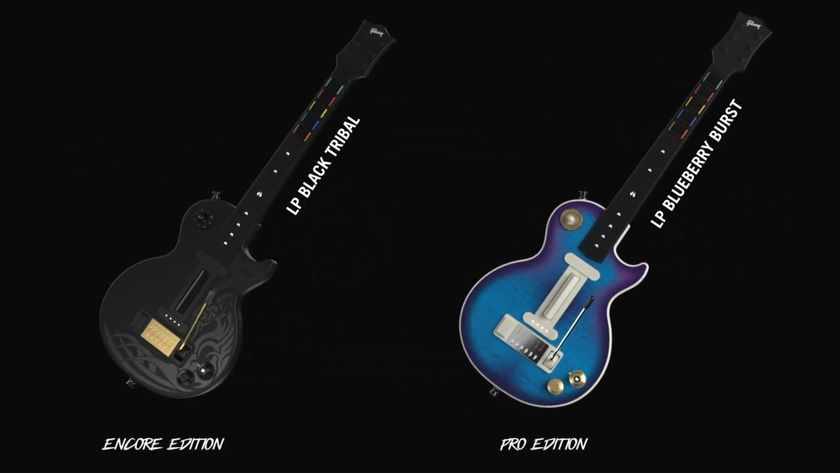Kinect vs. Move: The motion controller hands-on deathmatch
Or hands-off in Kinect's case. Either way, here's our comparison verdict
Move. Simply Move. As much as the games we’ve detailed in this feature’s hands-on reports haven’t blown our minds, as evidence of what Move is capable of, they’re pretty damn fantastic. Ultra-precise and totally convincing, Move is the experience that finally persuades us that motion control could really add something to games rather than be the sorry side-line gimmick it has so far remained.

The potential goes well beyond the obvious bat-and-ball focused stuff, as a comparison of the full current release schedule for Move shows. Sony’s philosophy seems to be one of making Move less of a back door to the casual market (It’s had that nailed down since the Eyetoy, let’s face it) and more of an augmentation for everyone. Of the 45 Move gamescurrently listed, only 17 relate to sports, fitness, dance or party gaming, and many of those sports games are proper, full-fat franchise entries. Compare that to Kinect’scurrent 26 gamescomprising 16 dance/sports/party/fitness titles and you’ll see the different directions the two devices seem to be taking right now.
The reasons for that divergence? We think there are a couple. Firstly, Microsoft has to work harder to break the casual market. It’s far from new territory for Sony, and MS really has to make a major image shift away from chainsaws and burst skulls if it’s going to convince the family crowd. And secondly, from our experience so far, it seems that the varying tech just dictates the sort of experiences we’ve seen. Move is a powerful, accurate, versatile device, even without its nunchuck-style add-on. Its capable of intricate, nuanced manoeuvres and broader – yet still accurate – gestures in equal measure, meaning a wide variety of game mechanics are possible. We’re actually surprisingly excited about it now.

Above: Move is already doing Resi. Kinect just can't
Kinect however, with itsambitious emphasison full body motion but seeming lesser accuracy, seems more equipped for more vague, broad strokes experiences. Macro control rather than micro complexity, if you will. For the casual Wii family looking to upgrade to a more capable multimedia machine it seems ideal, and will definitely provide a lot of fun. But for the core gamer who already owns a 360, we have our doubts as to whether it’s going to be capable of providing new experiences with enough depth to be engaging long-term.
But this is early days, and we’re ready to be wrong. Blitz Games’ Andrew Oliver hasrecently stated thatKinect’s lag needn’t be a permanent problem, and if that’s true then the hardcore possibilities become a lot greater. Provided of course, we can play sitting down and replace button inputs somehow. Because complex games really do need them, whatever anyone tells you. Otherwise we’re just looking at Eyetoy 2.0. And none of us really want that at this stage.
Sign up to the 12DOVE Newsletter
Weekly digests, tales from the communities you love, and more
Most Popular







